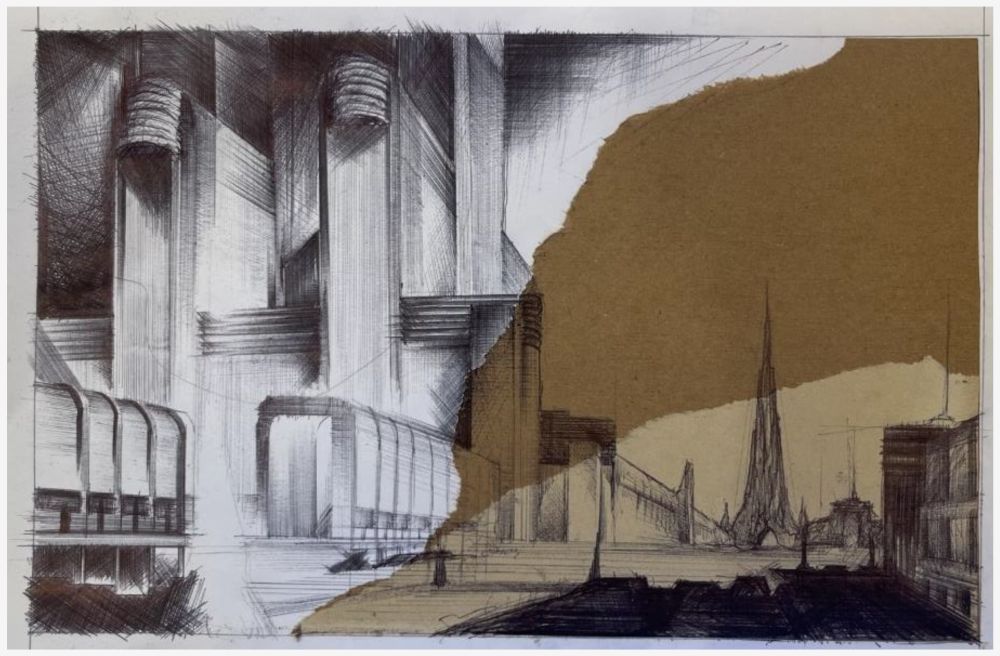Thinking Through Drawing
Architectural Humanities opens in semester 1 with Thinking Through Drawing, where the tools of architectural thinking and practice are taken seriously. The students learn about influential and important drawings from architecture’s history alongside a series of practical exercises inviting them to understand through drawing. Each convention of drawing embodies a theory or concept of the world, and understanding this allows them to select the right tool for the job in their design work. The histories of architecture are plural, and rather than presenting a singular narrative, we aim to show the diversity of approaches to this topic. No history of architecture can be completely comprehensive, so we aim to equip the students with the skills and questions to conduct their own research.


